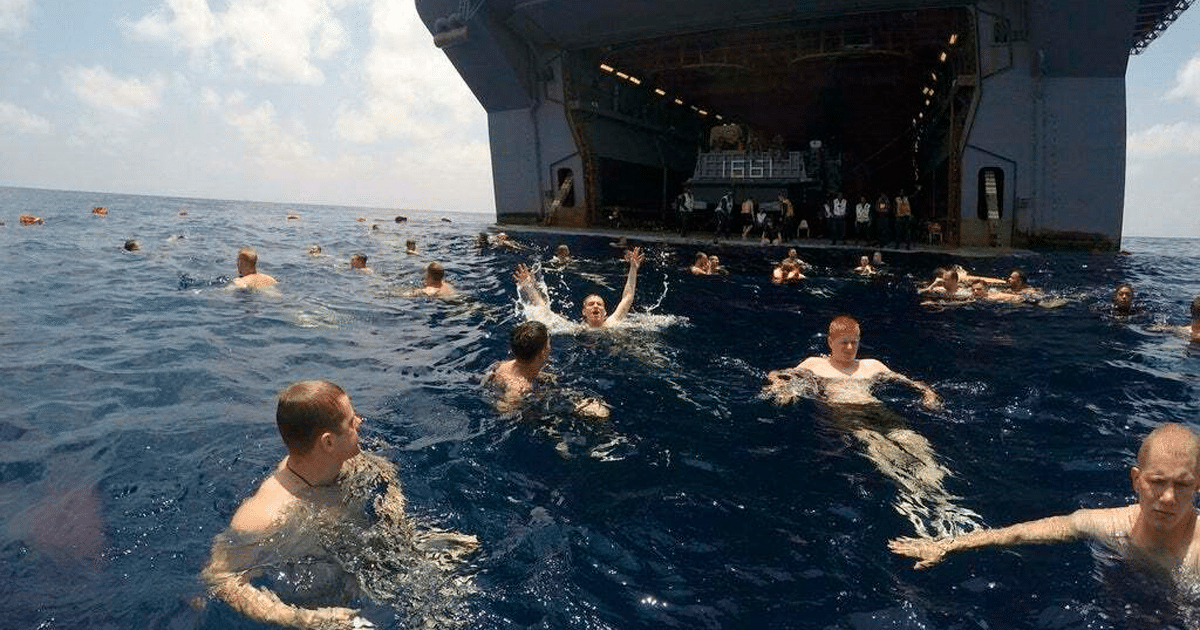There is a deep fear of the ocean or sea. The fear of water, in general, is different from the fear of water in this case due to the fact that it centers on vastness, darkness, and depth. People who have this condition are not afraid of getting wet, but rather the might and mystique behind the waves.
The DSM-5, the diagnostic manual of mental disorders used by psychiatrists and other mental health professionals, does not distinguish between the two. There is a vivid example of that in the subreddit of the same name. It was created in June of 2013 and has 969,000 thalassophobes.
We decided to put together a list of their most popular posts in order to shed some light on this community.
1.
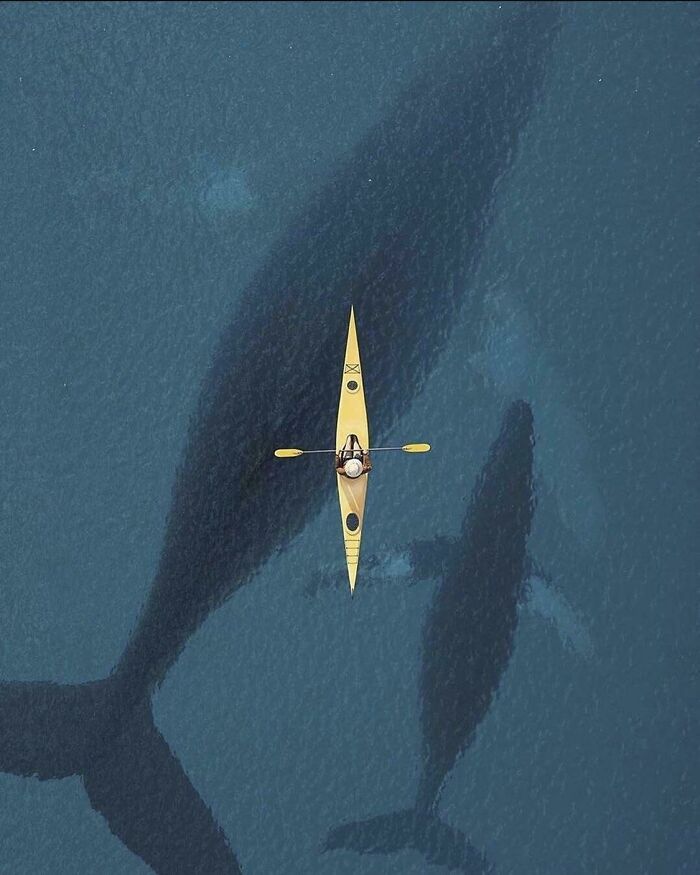
2.
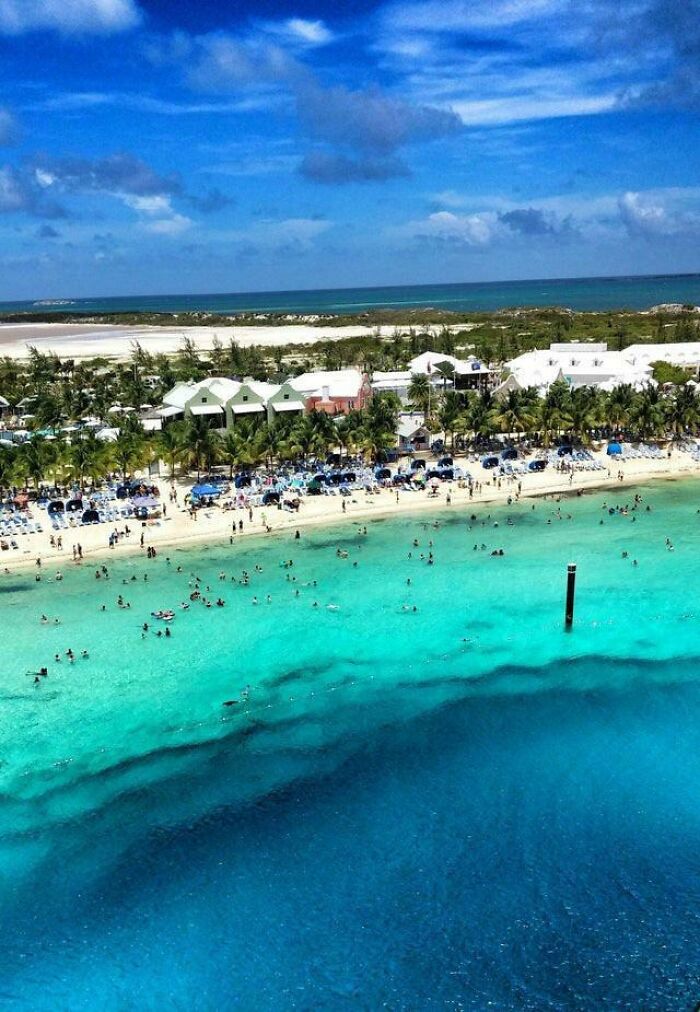
Online groups that get this big often suffer from huge streams of content that flood them with questionable pictures and videos, diminishing the overall experience of browsing them, but this subreddit manages to stay clean. There are clear rules that promote being nice and courteous and allow no jokes, memes, or cartoons, no reposts, and no gore.
Having an active moderator team that makes sure members adhere to these rules helps tremendously as well.
They were kind enough to chat with us after we contacted them.
“Our core mod group has 4 active members, which is a small team for a subreddit of our size,” they told. “Compared to other subreddits of our size, we don’t feel like we police posts or comments as much. The reason we do so little policing can probably be explained by our subreddit’s niche context that revolves around a very specific set of inoffensive content. We’re just a bunch of people sharing stories, images, and videos of bodies of water that leave us in awe, wonder, and trepidation. Whenever we do police content, it’s usually because it’s a repost or focuses on a sea creature rather than the vastness of the ocean or the unknown depths of a body of water. We prefer for the ocean/water to play the primary role in content.”
3.
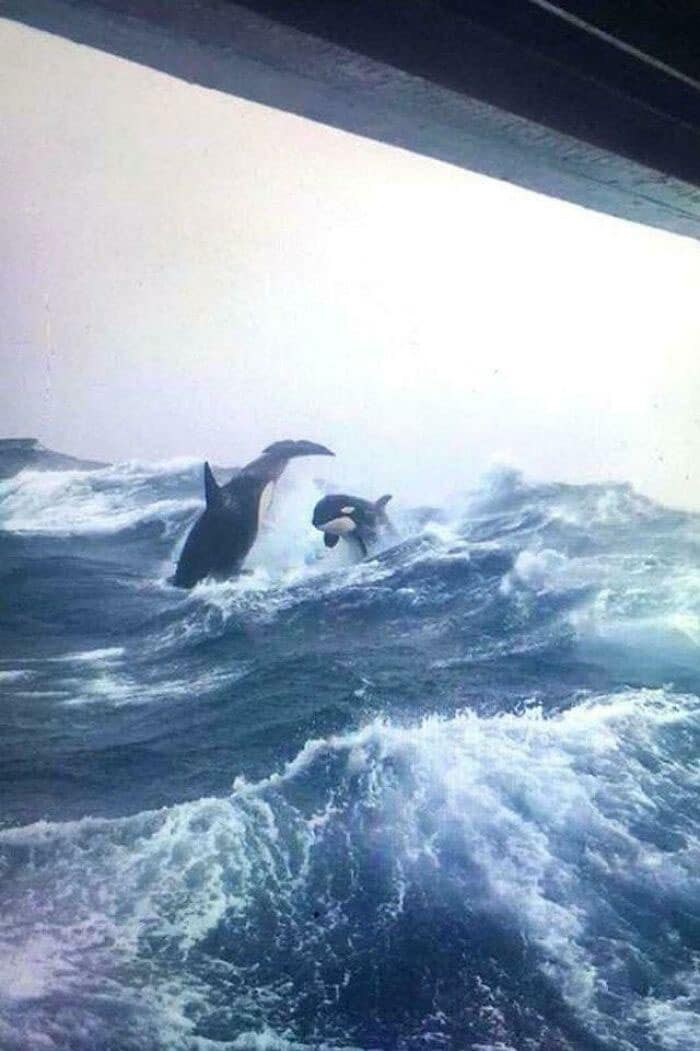
4.
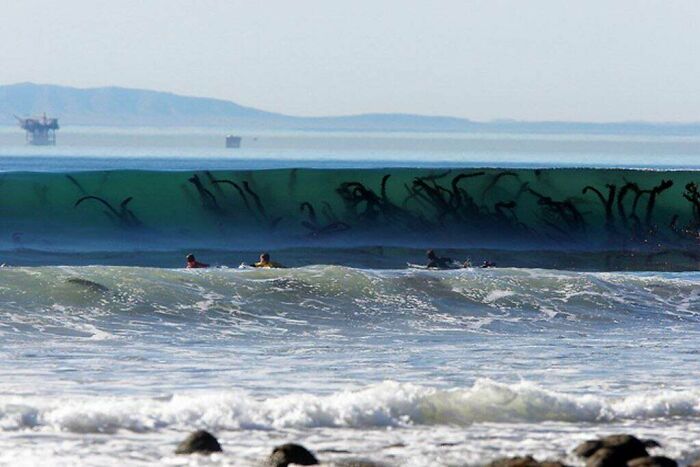
5.
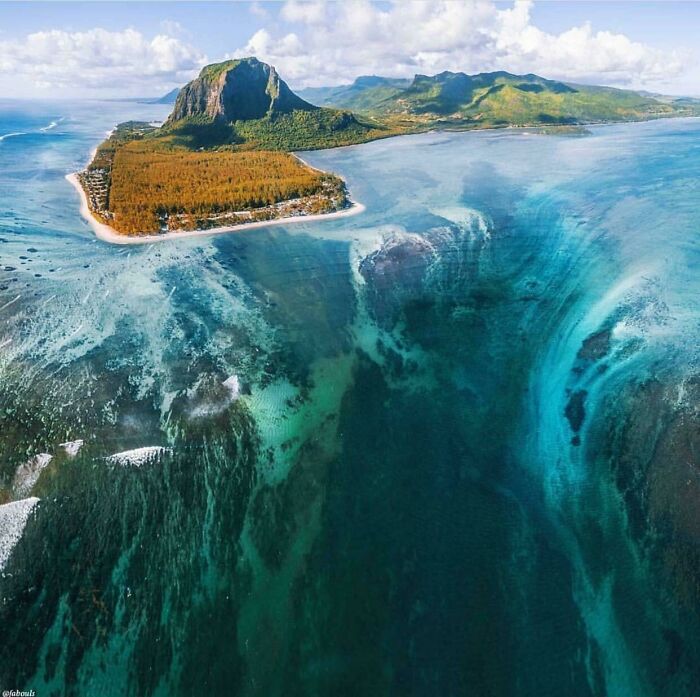
The ‘Thalassophobia’ community is filled with both ocean-fearing and ocean-loving people. “Based on previous polls we’ve had in the subreddit, it’s split roughly 50/50 between those [two groups].”
“Although half of the community loves the ocean, everyone understands that there are people with a phobia of large/deep bodies of water and everyone is respectful of that in their posts and comments. It’s a great community to be a moderator in,” they explained.
Specific phobias tend to fall into these five categories:
- Animal type
- Blood-injection type
- Natural-environment type
- Situational type
- Other
Thalassophobia is considered to be a natural environment type. Water-related fears are more common among women according to some studies.
6.
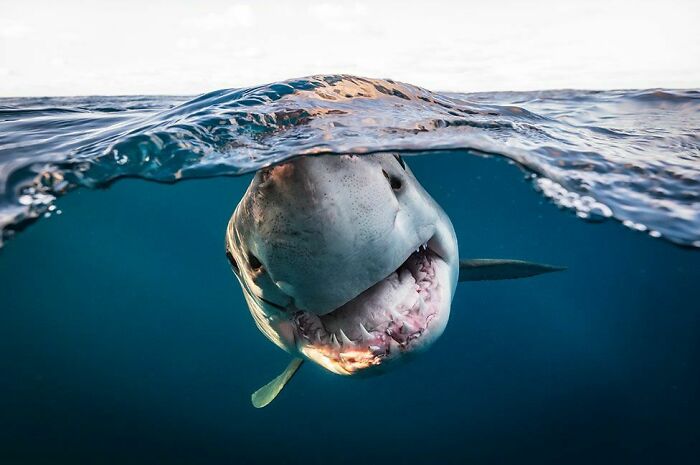
7.

8.

9.
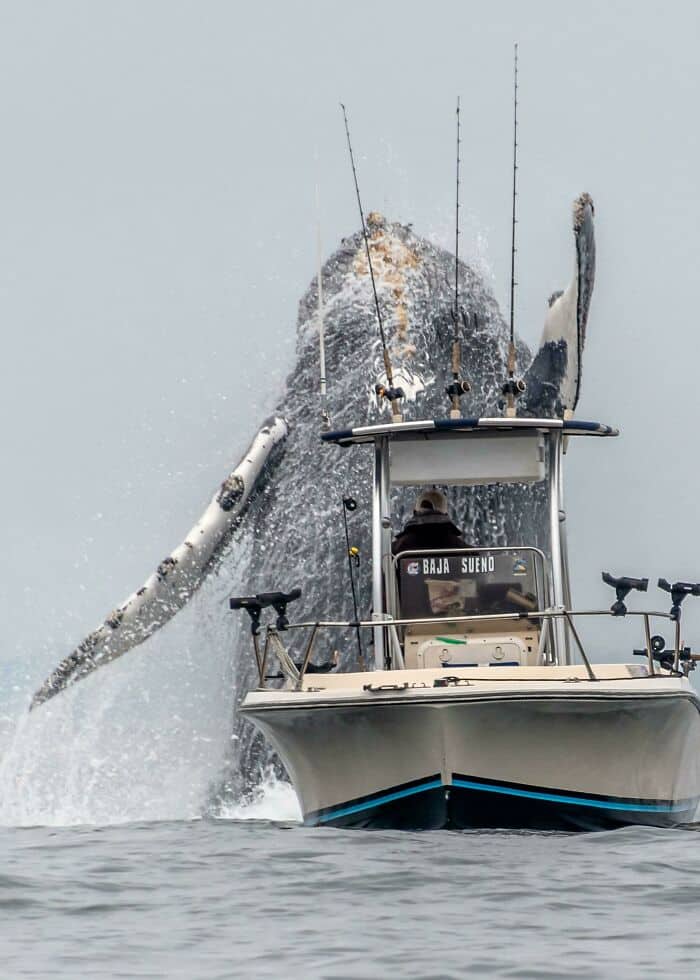
Thalassophobia shares symptoms with other specific phobias like claustrophobia, and includes:
- Sudden onset of anxiety or fear
- Shaking and trembling
- Sweating
- Dry mouth
- Increased heart rate or heart palpitations
- Difficulty breathing, including hyperventilating
- Chest pain
- Fear of losing control
10.

11.

12.

13.
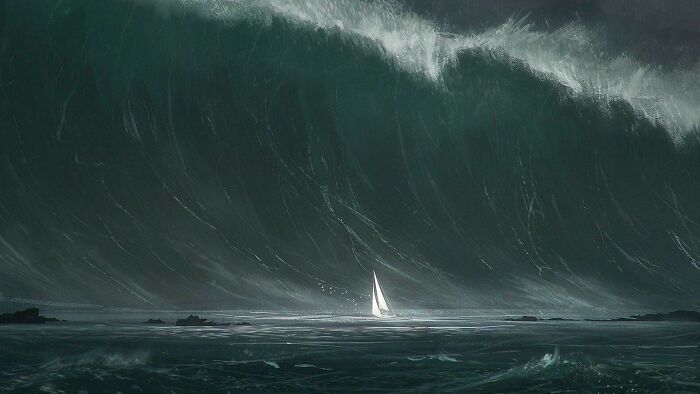
The causes of specific phobias are not fully understood, and often differ from case to case. It’s usually a combination of genetic and environmental factors.
Research shows that certain genes are associated with certain phobias, but no studies have looked at the genetics behind the phobias. Following the Darwinian theory of evolution, there should still be some.
14.

15.
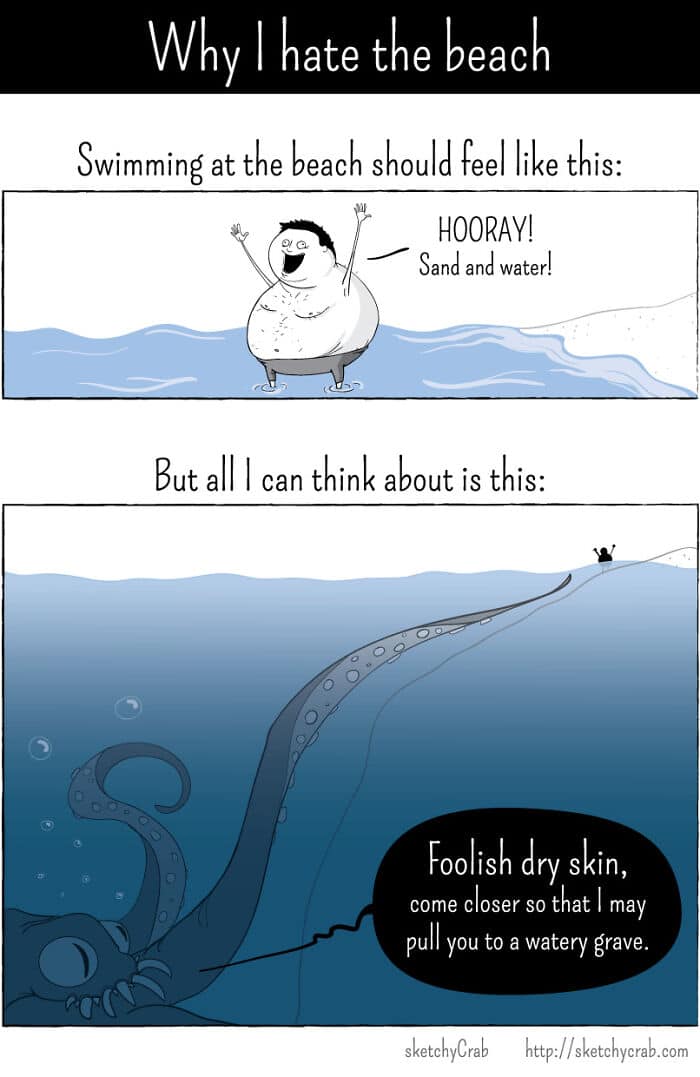
16.
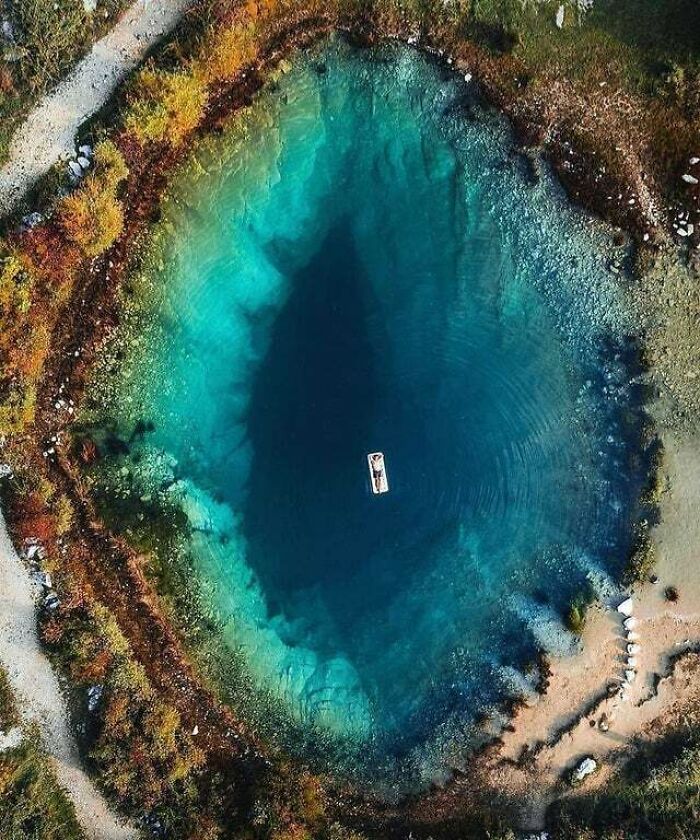
17.
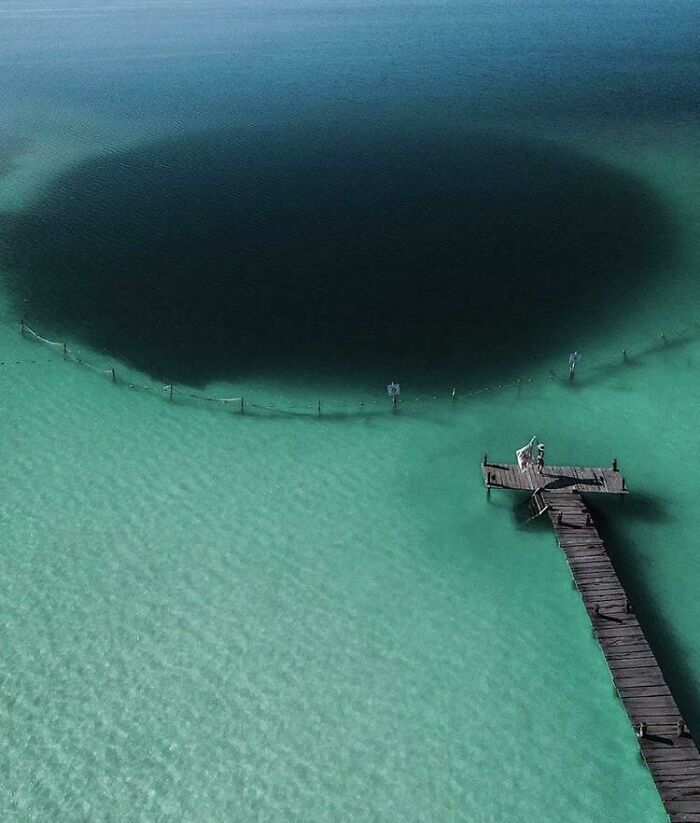
Think of it like this. Those who were cautious of the dangers they possessed may have avoided the deep bodies of water that our ancestors came across. Research shows that specific phobias are moderately heritable.
It has been found that heritability is around 45% for animal phobias.
18.
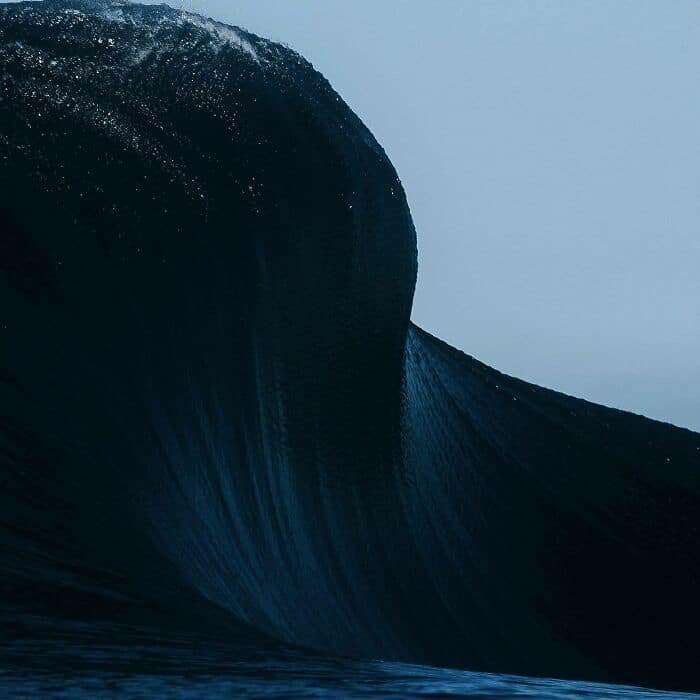
19.
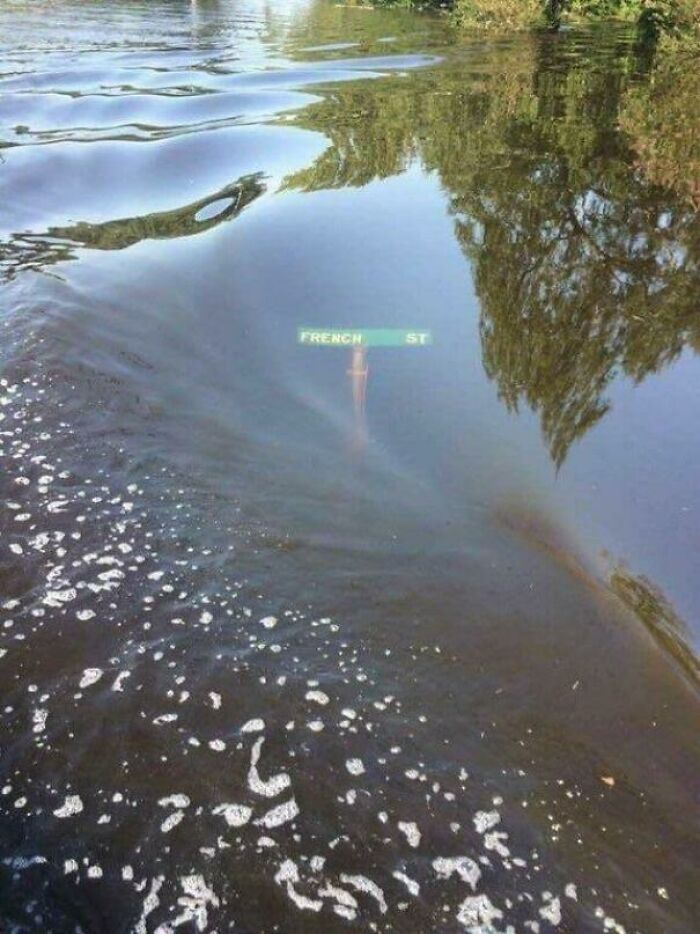
20.

21.

A childhood near-drowning experience, witnessing a shark attack, never learning to swim, and being told scary stories of the ocean are some of the traumatic events that could cause thalssophobia.
Fear of being in deep water can develop over time if you are associated with a specific situation.
22.

23.
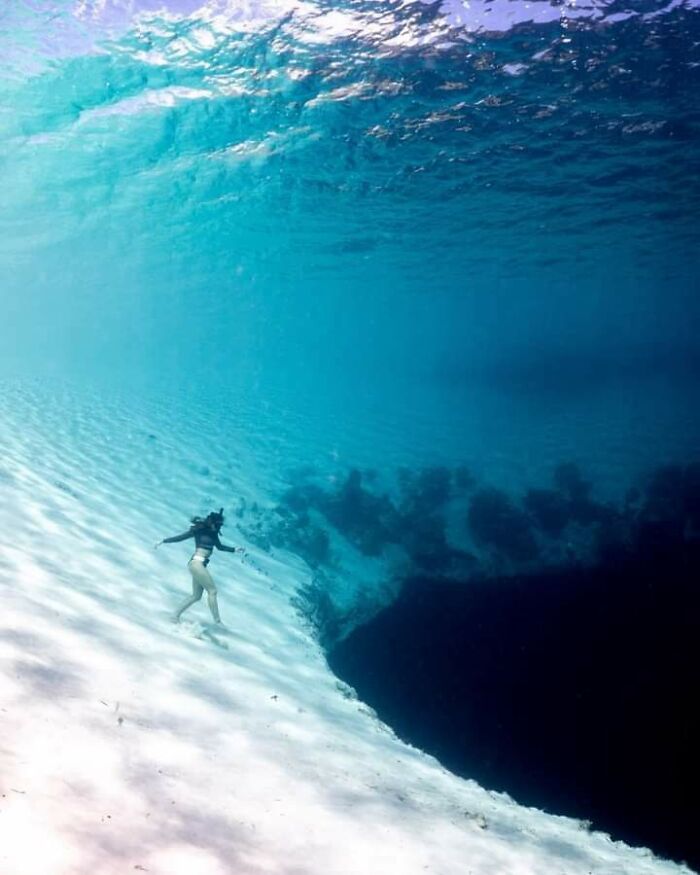
24.
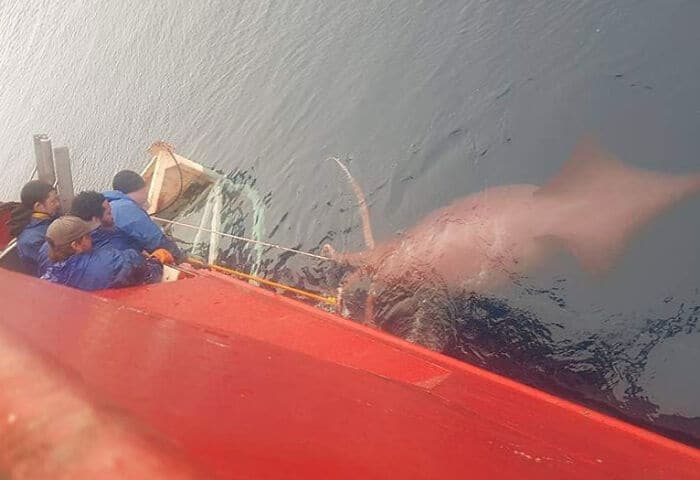
One’s relationships and activities can be limited by chronic conditions such as phobias. The process isn’t always pleasant, but they are highly treatable.
About 10% to 25% of people with a specific fear seek help. This is likely due to avoidance behaviors, since treating a specific phobia often involves confronting the feared stimuli.
25.
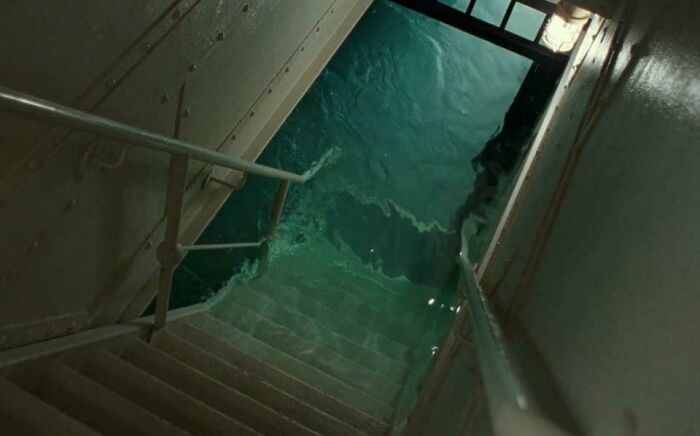
26.
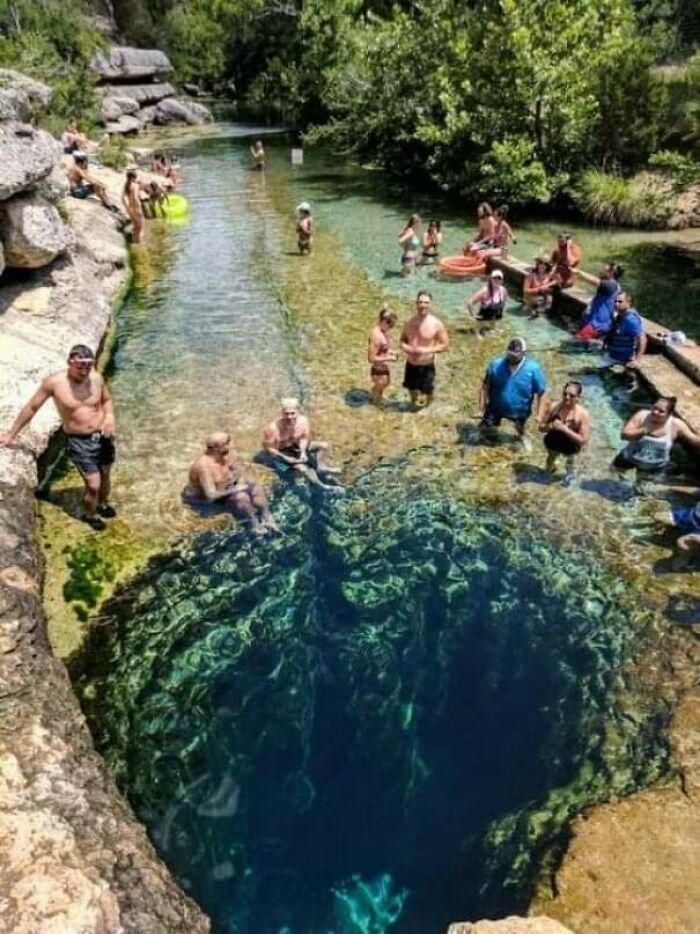
27.

28.

29.
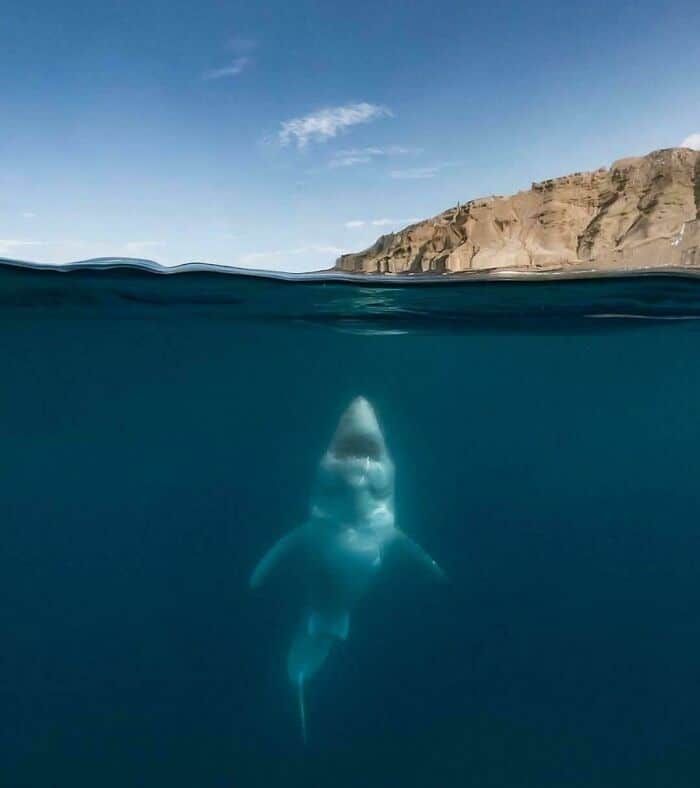
Exposure therapy can be used to treat fear of the sea. A person faces their feared stimuli during it.
This might begin with looking at photos of the sea on this site, then watching videos of the ocean or deep water, and finally visiting a big pool and taking a trip to the ocean. Through controlled exposure, the person learns that the feared stimulus is not dangerous and can begin to associate it with more positive outcomes.
30.



